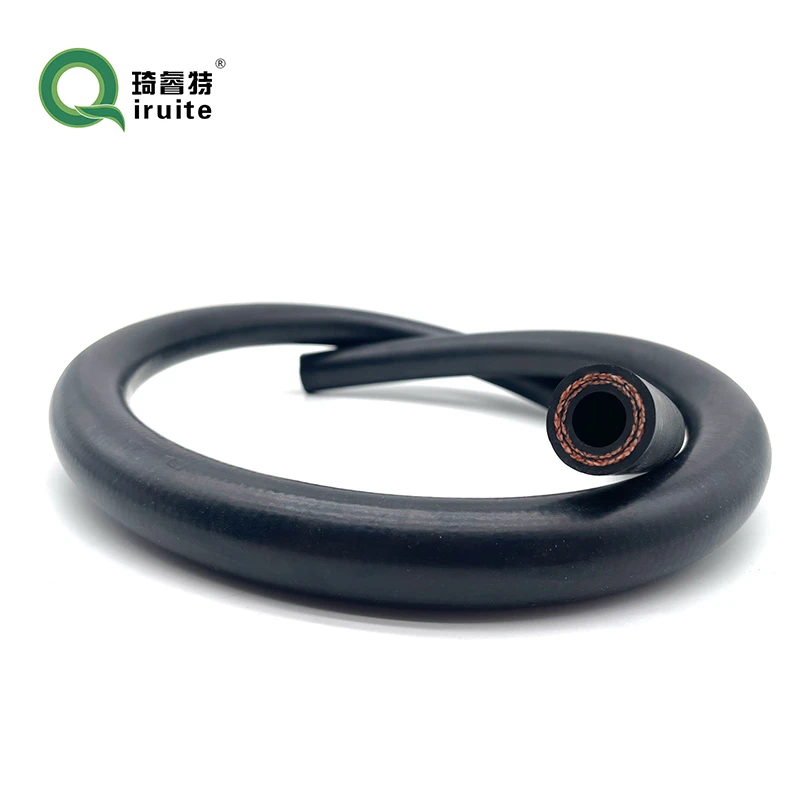pipe coupling
Understanding Pipe Couplings The Unsung Heroes of Piping Systems
In the world of fluid and gas transport, the importance of robust and efficient piping systems cannot be overstated. Essential to these systems are pipe couplings, often overlooked yet critical components that ensure the integrity and functionality of pipelines. This article explores the significance, types, applications, and maintenance of pipe couplings.
What is a Pipe Coupling?
A pipe coupling is a fitting used to connect two sections of pipe, facilitating the flow of liquids or gases. It serves as a mechanical device designed to secure the connection while allowing for some flexibility and movement. Depending on the application and requirements, couplings can help accommodate thermal expansion, vibrations, and other dynamic influences within the piping system.
Types of Pipe Couplings
Pipe couplings come in various types, each suited for specific applications and conditions
1. Rigid Couplings These couplings provide a fixed connection between pipes, ensuring that the two sections remain in a solid alignment. They're typically used in systems where movement is minimal.
2. Flexible Couplings Designed to absorb movement, flexible couplings allow for expansion and contraction, reducing stress on the connected pipes. They're ideal for applications where temperature changes might affect pipe lengths.
3. Slip Couplings These couplings are designed to slide over the ends of the pipes, allowing for adjustments in the length and alignment. They're particularly useful in repairing or modifying existing piping systems.
4. Compression Couplings Often used in plumbing, compression couplings use a rubber gasket and compression to create a watertight seal. They are convenient for connecting different types of piping materials.
5. Threaded Couplings Featuring internal threads, these couplings screw onto the ends of the pipes, creating a secure connection. This type is commonly found in smaller pipe systems.
6. Welding Couplings In high-pressure applications, welded couplings provide the strongest bond possible, ensuring no leaks occur. Skilled tradespeople typically apply this method in industrial settings.
Applications of Pipe Couplings
Pipe couplings find extensive applications across various industries, including
pipe coupling

- Water Supply and Drainage Ensuring an uninterrupted flow in municipal water systems, couplings play a significant role in managing domestic plumbing and sewage systems.
- Oil and Gas In the extraction and transportation of oil and gas, pipe couplings are crucial for maintaining pressure and integrity in pipelines that traverse vast distances.
- HVAC Systems Couplings are vital in heating, ventilation, and air conditioning systems, enabling efficient airflow while accommodating the expansion of ductwork.
- Chemical Processing In factories dealing with volatile substances, pipe couplings are engineered to withstand corrosive chemicals, ensuring safety and reliability.
Maintenance of Pipe Couplings
To ensure the longevity and effectiveness of pipe couplings, regular maintenance is essential. Here are some key maintenance tips
1. Regular Inspections Conduct periodic visual inspections to check for signs of wear, corrosion, or leaks. Early detection can prevent costly repairs.
2. Proper Installation Ensure that couplings are installed correctly according to manufacturer specifications. Misalignment can lead to premature failure.
3. Cleanliness Keep the area around pipe couplings clean and free of debris, as foreign materials can compromise the integrity of the seal.
4. Replace When Necessary If a coupling shows signs of damage or excessive wear, it is crucial to replace it promptly to prevent system failures.
5. Follow Best Practices Always follow industry standards and best practices during installation and maintenance to ensure optimal performance.
Conclusion
Pipe couplings may be small components but they are indispensable in maintaining the functionality and safety of piping systems. By understanding their types, applications, and maintenance, one can appreciate the crucial role they play in various industries. A well-maintained coupling can significantly enhance the lifespan of a piping system, reduce operational costs, and improve efficiency. As we continue to rely on sophisticated piping systems for our daily needs, the importance of these unsung heroes can never be underestimated.
-
Ultimate Spiral Protection for Hoses & CablesNewsJun.26,2025
-
The Ultimate Quick-Connect Solutions for Every NeedNewsJun.26,2025
-
SAE J1401 Brake Hose: Reliable Choice for Safe BrakingNewsJun.26,2025
-
Reliable J2064 A/C Hoses for Real-World Cooling NeedsNewsJun.26,2025
-
Heavy-Duty Sewer Jetting Hoses Built to LastNewsJun.26,2025
-
Fix Power Steering Tube Leaks Fast – Durable & Affordable SolutionNewsJun.26,2025

